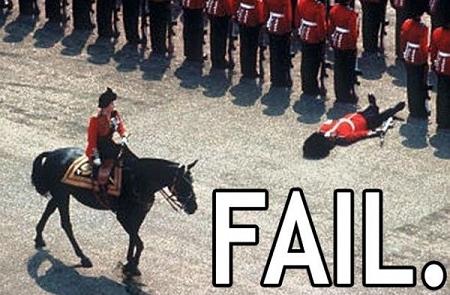Homework: Thursday: UP pages 51-52
Friday: Lab 35
Monday: UP pages 53-56
What We Did In Class: We talked about the different syndromes that can be caused with extra chromosomes and we went over UP pages 51-52.
Syndromes:
Edwards Syndrome: an extra part to the 18th chromosome. It has many physical and mental defects that it can lead to and early death.
Patau Syndrome: an extra part to the 13th chromosome. It has the same defects as Edwards Syndrome, only more severe, that it can lead to death soon after a baby is born.
Turner's Syndrome: a person that is missing a 2nd sex chromosome (ex. XX, XY now becomes X, X). It has minor conditions, but they cannot produce offspring.
Down Syndrome: this person has 47 chromosomes instead of 46. About half of the people born with Down Syndrome have heart problems at birth, so some can lead to early death.
Klinefelter's Syndrome: this person has an extra sex chromosome (ex. XXX, XXY). They are usually male. They have a low level of testosterone and usually have female-like features, since they also have 2 X chromosomes.

UP pages 51-52:
We talked about how children can obtain diseases from their parents in their genes. For the Sickle Cell Disease we found out that the alleles were codominant, which basically means dominant. For the Cystic Fibrosis, we found out that it's caused by a recessive allele in the 7th chromosome. For PKU and Tay-Sachs Disease, we found out that they both are autosomal recessive, so if they had children with people without the syndrome, then their children will most likely not have it either. However, for Huntington's disease, is autosomal dominant, so even if they had children with people that don't have the disease, they will still most likely get the disease, too. For Achondroplasia, it is also dominant, so their kids would most likely have the trait.
Well, that's all we did today, I hope everyone enjoyed it and got as much as they expected out of me.
The next scriber is Drake. Good Luck!!!






































